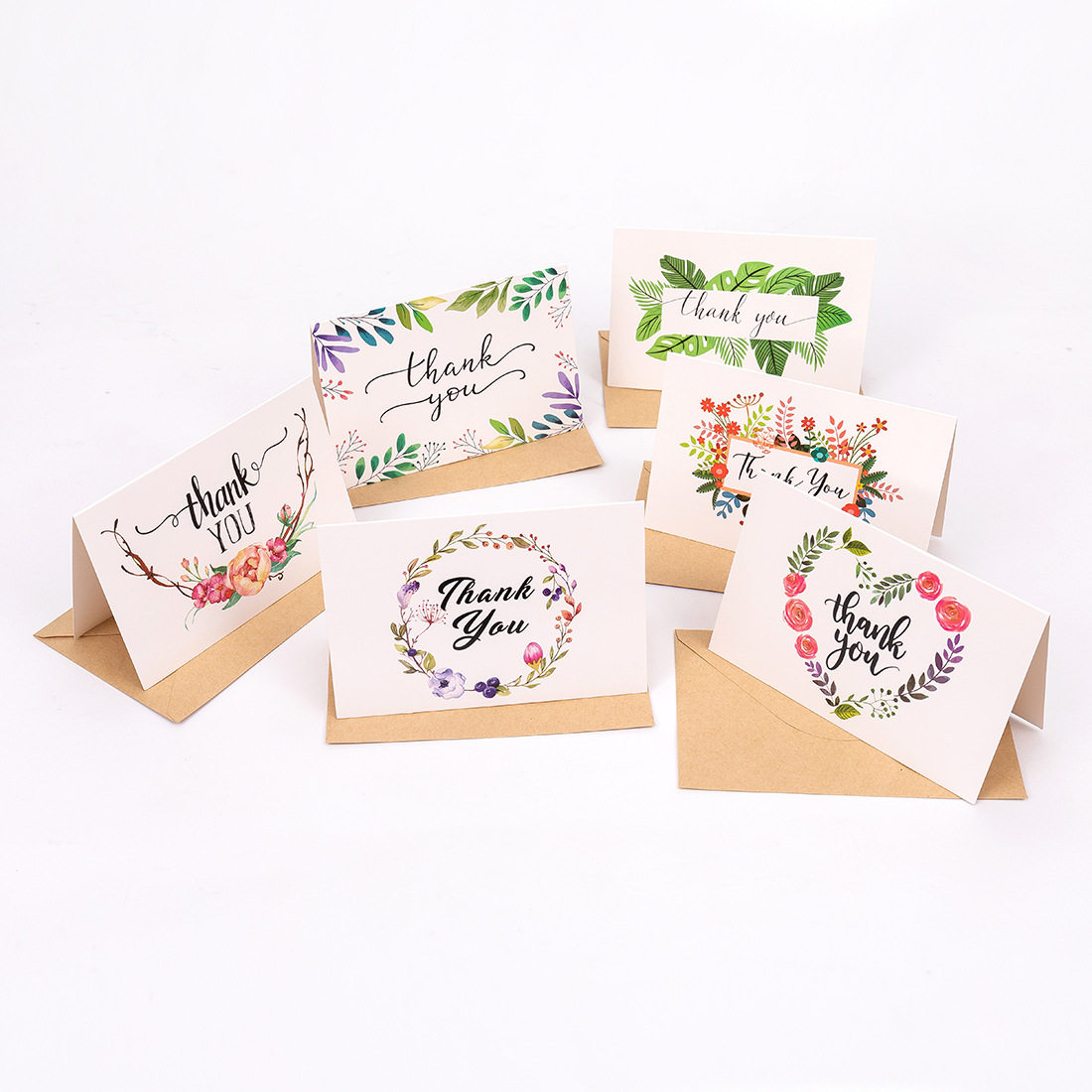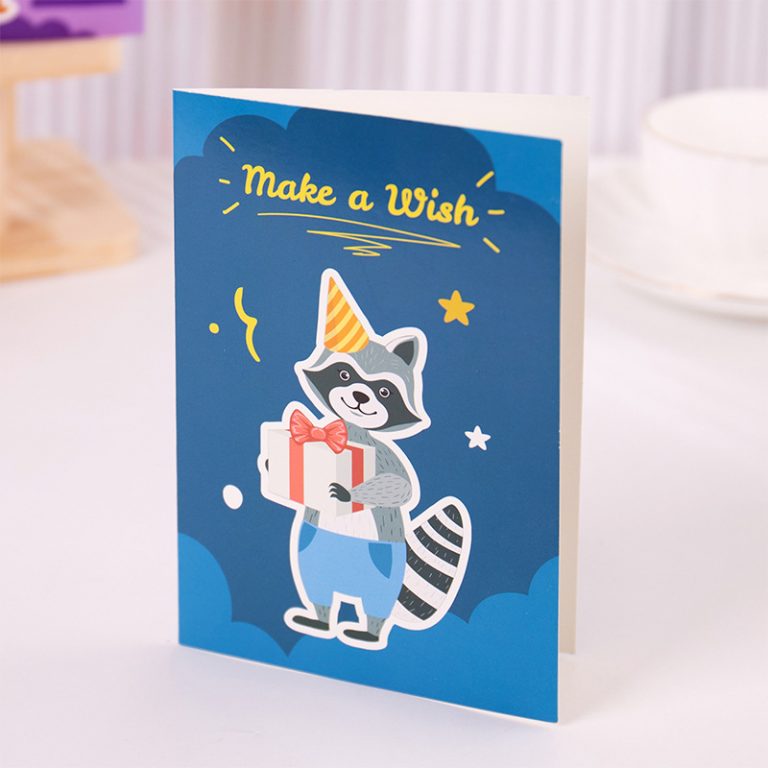In the United States, greeting cards are closely related to life, with sales reaching 6.5 billion each year. In addition to greeting cards for important holidays such as Christmas, Valentine’s Day, Mother’s Day, and Father’s Day, daily theme greeting cards account for more than half.

American greeting cards cover a wide range, and it is more appropriate to call them greeting cards. Friends get a driver’s license, buy a new car, travel, move, get married, have children, go to school, graduate, change jobs, retire, get sick, die… Basically, you can find a suitable card to express your feelings for big and small things in life. Some greeting cards even have no reason, and they just say: “I don’t know why I send this card, I just want to send it to you.”
American greeting cards are extremely finely classified. For example, as a large category, some birthday cards can be used regardless of age, but more are printed with fixed birthday ages, from infants to 100-year-old birthday stars, especially every five or ten years, you can find a corresponding greeting card and blessing.
The cards are classified according to the recipients, which is extremely thoughtful. For example, the cards for parents are divided into biological parents, stepparents, adoptive parents, godparents, and even cards for same-sex “parents”.
The content of the cards is also all-encompassing. For comforting people, the writing style may be affectionate and meaningful: “Give yourself some time, even the sun will set”, “If you run out of energy, I still have it here”; or formal and solemn: “Life is not fair, it’s not your fault, you don’t deserve it!”; or humorous: “Life is bright, life is dark, the solution is to eat a bag of potato chips”, “After thinking about it, I can only comfort you by having a worse life than you”… There must be one that suits consumers. With such thoughtful service, the only thing the sender needs to do is probably to sign.
An industry insider explained: In many occasions, people say things that are not what they mean. Many times, they don’t know how to express themselves. Even if they know, they may find it difficult to say it. American greeting cards are so considerate not to cater to card senders who are too lazy to write blessings, but to let cards say what people want to say most.
American Gift Company, which accounts for a quarter of the US greeting card market, recently launched a series of video advertisements with the theme of: using greeting cards to express feelings.
At the beginning of the year, residents of Millbrae, San Francisco Bay Area, found that the only Hallmark greeting card chain store in the town posted a notice that the owner was retiring and closing the store. During those days, people would chat with the clerks in the store, express their reluctance, and say some comforting words. Some people even introduced new jobs to the unemployed clerks. A customer even bought a retirement card and hoped that the clerk would pass it on to the owner. The clerk told reporters that the store had been in business for more than 10 years and brought many good memories to the residents of the town.
Hallmark accounts for 51% of the US greeting card market. In an interview before Valentine’s Day, Lindsay Roy, the company’s chief marketing officer, said that due to the influence of the Internet, “the greeting card retail industry is facing an impact and needs to change in line with the times.” The bad news is that more and more people are turning to the Internet to buy and customize personalized greeting cards; the good news is that people still have a special liking for paper greeting cards and are not very “interested” in electronic greeting cards.
Not long ago, San Francisco held a “old paper” market to exhibit and sell old photos, postcards, and illustrated magazines. On a Valentine’s Day card from 1918, next to a picture of an American Navy soldier fighting in Europe reading a letter, it was written: “The Germans will not care about this paper, but I do, because it comes from you.” The words from a hundred years ago are still moving.
The history of greeting cards is much longer than 100 years. According to the official website of the American Greeting Card Association, greeting cards originated from the ancient Chinese tradition of sending greeting cards during the New Year, and now have become an important way for people around the world to convey their emotions. The average American family buys 30 greeting cards every year, and the greeting card industry has not even been affected by the economic depression.
In Silicon Valley, which “only embraces innovation”, among the “new new humans”, the traditional values represented by greeting cards are also cherished. A survey result is unexpected. The millennial generation of American youth who grew up with the Internet are more accepting of paper greeting cards than their elders. Although they are used to communicating through text messages and social media and are never tired of chat software, young people are also more willing to use the texture of paper to carry sincere emotions. Now, when students invite classmates to their homes, they will not only hand over an invitation card, but also a thank-you card: “Thank you for accepting my invitation.” Lindsay Roy said that no matter how the times change, the carriers and forms change, the core of greeting cards connecting each other’s experiences and memories, moods and intentions has not changed. Those touching daily lives are treasured through greeting cards, and they are brewed over time and become more and more new.



